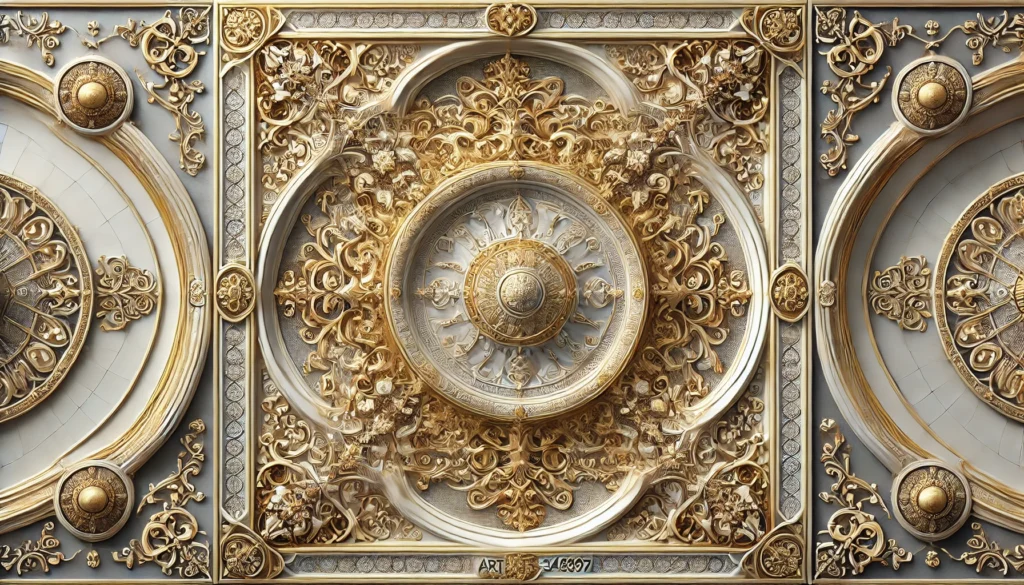The keyword Tile Ceiling Tile Art Prisoner B-34897 weaves together art, history, and the profound resilience of the human spirit. This phrase evokes curiosity, leading us into a world where creativity meets adversity, and tiles become a canvas for powerful stories.
Understanding the Historical Context
Prisoner identification numbers like B-34897 often harken back to some of the darkest chapters in human history, such as the Holocaust or other systems of incarceration. These numbers were used to dehumanize individuals, reducing them to mere identifiers. Yet, within these oppressive environments, art emerged as a powerful form of resistance and self-expression. For prisoners, creating art was not just an act of creativity but a lifeline to their humanity and individuality.
Tile Ceiling Art: A Medium of Expression
Tile ceiling art is a unique form of creativity where ceiling tiles become the canvas for artists. Historically, ceiling art has been used to convey spiritual, cultural, and emotional narratives. From the grandeur of the Sistine Chapel to modest creations in modern settings, ceiling art tells stories that transcend time.
For prisoners, tile ceiling art could symbolize hope and freedom. The upward gaze required to paint or create on a ceiling embodies a sense of reaching for something beyond the confines of their environment. This art form captures the interplay between physical boundaries and imaginative liberation.
Art as Resistance and Humanity in Prisons
Throughout history, prisoners have used art as a way to cope with hardship, communicate their emotions, and assert their humanity. Whether carving messages into walls or painting vivid scenes on available surfaces, their creations resonate with resilience. The tile ceiling art potentially connected to Prisoner B-34897 may represent a deeply personal story—an attempt to leave a mark, to tell a story that might otherwise be lost.
Who Was Prisoner B-34897?
The identity of Prisoner B-34897 remains a mystery, but the number itself carries weight. It could represent an anonymous artist whose story has yet to be uncovered. Alternatively, it might serve as a symbolic representation of all prisoners who turned to art as a means of survival and expression. The connection between this individual and tile ceiling art suggests a narrative waiting to be explored—a story of creativity born in confinement.
The Broader Implications of Tile Ceiling Art
The story of Tile Ceiling Tile Art Prisoner B-34897 extends beyond individual or historical significance. It highlights the enduring power of art to preserve memories, foster connections, and inspire future generations. Whether it’s through museum exhibits, digital archives, or contemporary interpretations, such art continues to resonate with audiences worldwide.
Modern Relevance and Preservation Efforts
Today, there is a growing effort to preserve and share the stories of prisoner-created art. Museums and cultural organizations are dedicating resources to ensure these powerful artifacts are not forgotten. Such initiatives remind us of the resilience of the human spirit and the transformative power of creativity.
Conclusion
The tale of Tile Ceiling Tile Art Prisoner B-34897 serves as a poignant reminder of art’s ability to transcend the darkest circumstances. It urges us to uncover, preserve, and share stories that might otherwise fade into obscurity. By doing so, we honor the resilience and creativity of those who used art to reclaim their humanity.
Take a moment to reflect on the stories behind every piece of art, especially those created in confinement. Support organizations that work to preserve these narratives, and let the story of B-34897 inspire you to see art as a testament to hope, freedom, and enduring human spirit.
Frequently Asked Questions (FAQs)
What is the significance of Tile Ceiling Tile Art Prisoner B-34897?
This keyword symbolizes the intersection of art, history, and resilience. It highlights the creativity of prisoners, like B-34897, who used art as a form of self-expression and resistance under oppressive conditions.
What does tile ceiling art represent?
Tile ceiling art serves as a medium for storytelling and emotional expression. It often symbolizes hope, freedom, and the transcendence of physical and emotional boundaries.
Who was Prisoner B-34897?
The identity of Prisoner B-34897 remains unknown, but they could represent an individual artist or a symbolic figure for all prisoners who used creativity to endure hardship and leave a legacy.
Why is preserving prisoner art important?
Preserving prisoner art ensures that their stories, struggles, and resilience are not forgotten. It connects us to historical and personal narratives that inspire empathy and understanding.
Where can I learn more about prisoner art?
You can explore museums, digital archives, and exhibitions dedicated to preserving and sharing prisoner-created art, which often highlight the transformative power of creativity.
Recommended Article:
Fameblogs Email Contact Details: Everything You Need to Know
Immerge Biotherapeutics Out of Business: A Comprehensive Look at Its Journey


